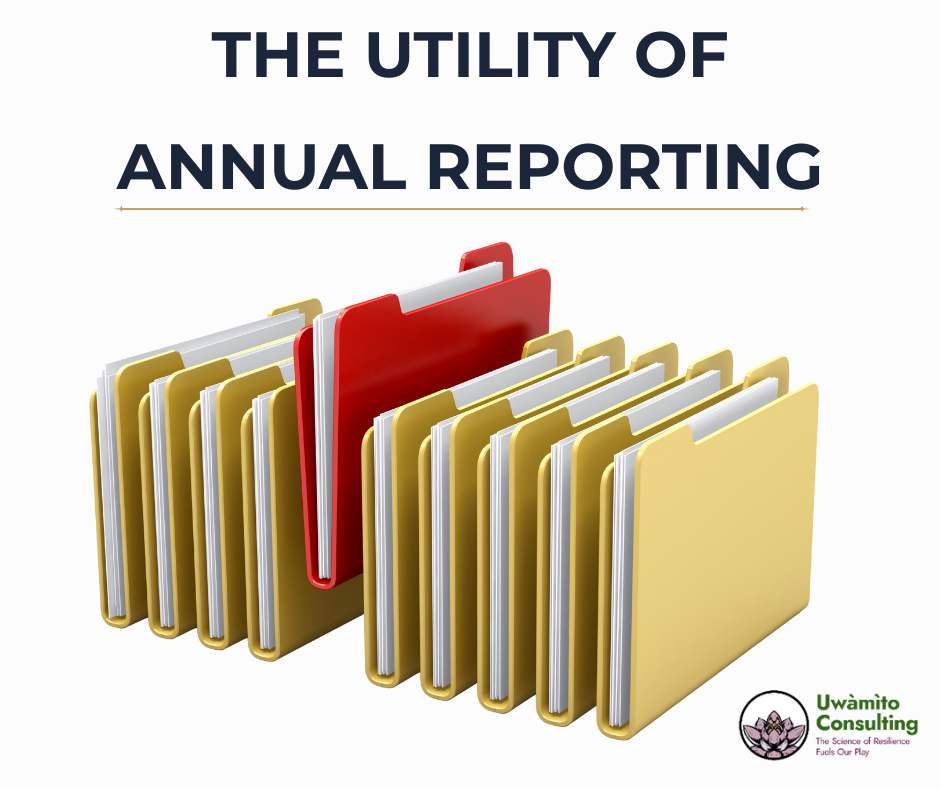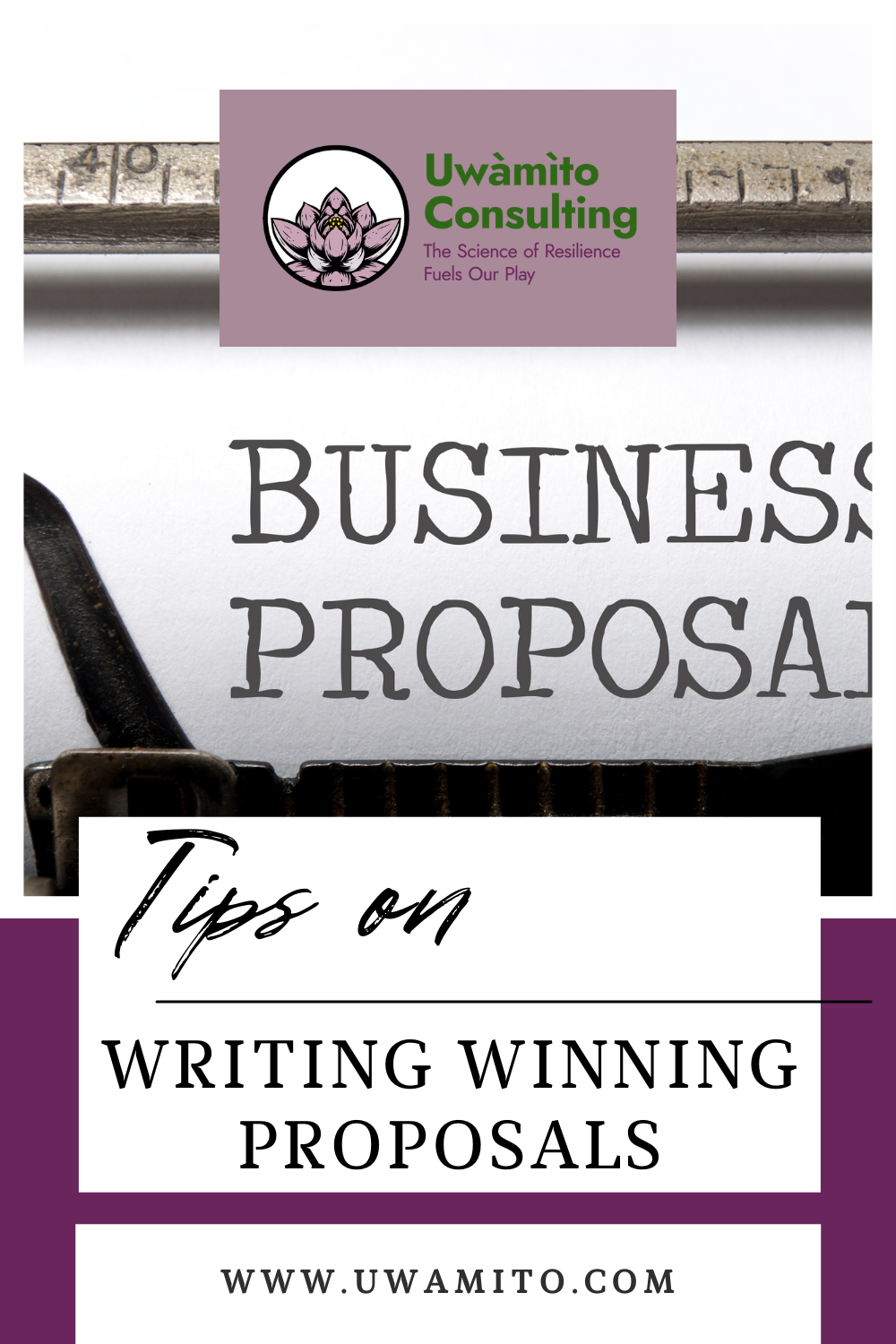Most organizations treat annual reports as compliance obligations. The best organizations use them as strategic learning tools that drive continuous improvement.
Across the Caribbean, development organizations, nonprofits, and government agencies rush to complete annual reports in the final weeks of December. Teams scramble to reconstruct achievements, dig through email threads for data, and piece together narratives from fragmented memories. By the time these reports reach stakeholders, they represent months of avoidable stress and often fail to capture the full picture of what actually happened.
This is not how annual reporting should work.
Annual reports serve a far more strategic purpose than satisfying donor requirements or regulatory compliance. When approached systematically, they become organizational memory systems that preserve knowledge, guide decision-making, and accelerate learning. Research demonstrates that organizations with robust documentation practices show improved decision-making capabilities and reduced knowledge loss when staff transitions occur (Levy, 2011). Yet nearly 60 percent of nonprofit leaders report they do not track metrics for learning at the organization level (Stanford Social Innovation Review).
The question is not whether to complete annual reports. The question is how to make documentation work for your organization rather than against it.
The Hidden Costs of Poor Documentation
When organizations fail to document their work systematically throughout the year, they pay three distinct costs:
Knowledge Loss
Staff turnover, role changes, and organizational restructuring create vulnerability. Without documented processes and outcomes, organizations lose critical knowledge about what worked, what failed, and why. This knowledge attrition forces teams to recreate solutions to problems they have already solved. Research on organizational memory demonstrates that knowledge loss occurs both when organizations fail to capture knowledge initially and when stored knowledge deteriorates over time without maintenance (De Long, 2004).
Repeated Mistakes
Organizations without documentation systems repeat the same implementation errors across projects. A program that struggled with community engagement in one region faces identical challenges in another region because lessons were never formally captured. Teams waste resources solving problems that colleagues addressed months earlier but never recorded.
Missed Opportunities
Undocumented successes cannot be replicated systematically. When a team achieves exceptional results through innovative approaches, those insights remain trapped in individual memory unless captured and shared. The organization cannot scale what it cannot describe.
What Research Reveals About Documentation Benefits
Multiple studies across organizational development, knowledge management, and implementation science demonstrate consistent benefits when organizations prioritize systematic documentation:
Enhanced Accountability and Transparency
Organizations that maintain clear documentation build stronger trust relationships with stakeholders. Research on nonprofit transparency shows that annual reporting provides opportunities to showcase successes while demonstrating how donor support creates tangible community impact (Anedot, 2024). When funders, board members, and community partners can see documented progress toward stated goals, accountability becomes embedded in organizational culture rather than treated as external compliance.
Improved Decision-Making
Access to documented past experiences allows organizations to make more informed strategic choices. Organizations with robust organizational memory systems reduce decision-making time by 30 to 40 percent because leaders can quickly review what similar initiatives achieved previously (Walsh & Ungson, 1991). Documentation creates institutional knowledge that outlasts individual staff members.
Stronger Organizational Learning
Organizations that track their work systematically develop clearer learning goals and create better conditions for knowledge sharing. Research on organizational learning demonstrates that more than 90 percent of nonprofit leaders care deeply about learning, yet lack defined goals and tracking systems (Stanford Social Innovation Review). Documentation transforms vague commitments to learning into measurable progress.
Risk Management and Crisis Preparedness
Documented experiences provide repositories of lessons learned that organizations can apply when navigating challenges. Organizations with strong documentation practices recover more quickly from crises because they can access established protocols, previous response strategies, and validated solutions (QuestionPro, 2024).
The Strategic Case for Year-Round Documentation
The conventional approach treats annual reporting as a December task. The strategic approach recognizes documentation as continuous organizational practice that happens throughout the year.
Organizational Memory as Competitive Advantage
Preservation of organizational memory becomes increasingly important as experiential knowledge drives organizational effectiveness (Stein & Zwass, 1995). Organizations that document their work create searchable knowledge bases that new staff can access during onboarding, reducing time-to-productivity. When teams face similar challenges, they can review documented approaches rather than starting from scratch.
Caribbean organizations face particular pressures related to staff mobility, limited resources, and complex implementation environments. Systematic documentation protects against knowledge loss when experienced staff members pursue opportunities elsewhere or when organizational restructuring disrupts established workflows.
Creating Shared Accountability
When documentation happens continuously rather than annually, accountability shifts from compliance to culture. Teams that document weekly or monthly progress develop clearer awareness of what they are achieving and where they struggle. This regular reflection creates opportunities for mid-course corrections rather than year-end surprises.
Organizations practicing continuous documentation report higher staff engagement because team members see their contributions recorded and valued (Learning Policy Institute, 2025). Documentation validates the work happening across an organization.
Building Evidence for Advocacy
Documented achievements provide concrete evidence when organizations advocate for policy changes, increased funding, or expanded mandates. Leaders can point to specific data demonstrating program impact rather than relying on anecdotal success stories. This evidence-based approach strengthens relationships with funders and partners who require demonstrated results.
Simple Systems for Sustainable Documentation
The challenge many organizations face involves creating documentation systems that teams will actually use. Complex platforms fail when staff lack time or technical capacity to engage with them. Effective systems balance comprehensiveness with simplicity.
Quarterly Review Sessions
Implement standing quarterly review meetings where teams collectively document:
Key achievements this quarter
Challenges encountered and how they were addressed
Lessons learned that should inform future work
Data points required for annual reporting (participant numbers, resources deployed, outcomes achieved)
These sessions should take 60 to 90 minutes and follow a standard template that makes participation straightforward. The outputs become building blocks for year-end reports.
Centralized Digital Repositories
Simple, accessible platforms work better than sophisticated systems that require training. Options include:
For Small Organizations (0-20 staff):
Google Workspace (Drive, Sheets, Docs) with organized folder structures
Microsoft Teams with SharePoint integration for document management
Notion or similar collaborative platforms with free tiers
For Medium Organizations (20-100 staff):
Cloud-based project management tools (Asana, Monday.com, Smartsheet)
Simple CRM systems with customizable reporting (NeonCRM, Bloomerang)
Shared databases (Airtable) that team members can update regularly
The key criterion is accessibility. If staff cannot easily add information or retrieve documents, the system fails regardless of its technical capabilities.
Monthly Data Capture Templates
Provide teams with simple templates for monthly data collection aligned with annual reporting requirements. Templates should request:
Programmatic data (participants served, activities completed, resources deployed)
Qualitative observations (what worked well, what challenged us, unexpected outcomes)
Financial tracking (expenses against budget, procurement milestones)
Partnership developments (new collaborations, strengthened relationships, coordination challenges)
When teams complete these templates monthly, annual reports become compilation exercises rather than reconstruction projects.
Designated Documentation Responsibilities
Assign clear accountability for documentation rather than assuming everyone will contribute voluntarily. Options include:
Rotating monthly "documentation leads" within teams
Including documentation deliverables in individual performance objectives
Allocating 5 to 10 percent of staff time specifically for documentation activities
Creating internal recognition for teams that maintain excellent documentation
Ensuring You Have the Data When You Need It
Many organizations will get to December 2026 only to discover they lack the data required for comprehensive annual reporting. Preventing this requires intentional planning now.
Establish Your Data Requirements Early
Review your annual report template for 2025 to identify what information you will need for 2026. Common categories include:
Financial data (revenue by source, expenditures by category, budget variance)
Programmatic metrics (beneficiaries served, services delivered, geographic coverage)
Human resources (staff composition, turnover rates, training hours)
Outcomes and impact (results achieved against stated objectives)
Challenges and lessons learned (what worked, what did not, why)
Once you have identified requirements, create tracking mechanisms for each category.
Create Automated Data Pipelines Where Possible
Leverage technology to reduce manual data collection burden:
Connect accounting software directly to reporting dashboards
Use form builders (Google Forms, Typeform) to collect structured data from field teams
Implement automated monthly expense reports that feed into annual summaries
Set up calendar reminders for quarterly data reviews
Automation reduces the risk that busy teams will delay documentation until memory fades.
Build Mid-Year Check-Points
Schedule formal reviews in June 2025 and December 2025 to assess:
Are we capturing all required data elements?
Are our templates working effectively?
What adjustments do we need to make before year-end?
These check-points create opportunities to correct course when problems are manageable rather than discovering gaps too late to address them.
Document Your Challenges Honestly
Organizations often sanitize annual reports to present only successes. This approach wastes the learning opportunity that documentation provides. Research on organizational learning demonstrates that organizations grow more rapidly when they capture and analyze failures alongside successes.
Create protected spaces where teams can document implementation challenges, partnership difficulties, and strategic miscalculations. These honest assessments become your organization's most valuable learning resources.
Making Documentation Work in Caribbean Contexts
Caribbean organizations face specific challenges that demand culturally appropriate documentation approaches:
Resource Constraints
Limited budgets require documentation systems that maximize free or low-cost tools. The platforms mentioned earlier (Google Workspace, basic CRMs, shared spreadsheets) serve most organizational needs without enterprise software costs.
Small Team Capacity
In organizations where each person wears multiple hats, documentation systems must be intuitive and quick. Quarterly 90-minute sessions create manageable commitments that do not overwhelm already stretched teams.
Oral Communication Preferences
Caribbean professional culture often emphasizes verbal communication over written documentation. Bridge this gap by:
Recording verbal debriefs and having someone transcribe key points
Using voice-to-text features on mobile devices for field documentation
Conducting brief video debriefs that capture team reflections
The format matters less than ensuring critical knowledge gets preserved.
Cross-National Collaboration
Regional organizations operating across multiple Caribbean territories need documentation systems that teams in different countries can access reliably. Cloud-based platforms solve this challenge more effectively than systems requiring physical presence or local server access.
From Compliance to Competitive Advantage
The organizations that thrive in the Caribbean development landscape over the next decade will be those that treat documentation as strategic infrastructure rather than administrative burden.
When you document systematically, you create organizational memory that protects against knowledge loss. When you capture both successes and failures honestly, you accelerate learning. When you make data accessible to the teams who need it, you improve decision-making speed and quality.
Your 2026 annual report should not be a December scramble. It should be a straightforward compilation of knowledge you have been systematically capturing all year. The time to build that system is now.
Start now by taking three actions:
Schedule your first quarterly documentation session for April 2025
Create a simple shared folder structure for monthly data collection
Assign someone responsibility for ensuring documentation actually happens
These small steps transform annual reporting from compliance burden into learning advantage.
References
De Long, D. W. (2004). Lost Knowledge: Confronting the Threat of an Aging Workforce. Oxford University Press.
Levy, M. (2011). Knowledge retention: Minimizing organizational business loss. Journal of Knowledge Management, 15(4), 582-600.
Stanford Social Innovation Review. The Challenge of Organizational Learning. https://ssir.org/articles/entry/the_challenge_of_organizational_learning
Learning Policy Institute (2025). 2023-2024 Annual Report: Building Equitable and Empowering Education Systems. https://learningpolicyinstitute.org/product/2023-2024-annual-report
Stein, E. W., & Zwass, V. (1995). Actualizing organizational memory with information systems. Information Systems Research, 6(2), 85-117.
Walsh, J. P., & Ungson, G. R. (1991). Organizational memory. Academy of Management Review, 16(1), 57-91.
Anedot (2024). Organizational Transparency: 6 Steps to Improve Nonprofit Transparency. https://www.anedot.com/blog/organizational-transparency
QuestionPro (2024). Organizational Memory: Strategies for Success and Continuity. https://www.questionpro.com/blog/organizational-memory/




















